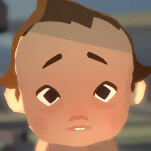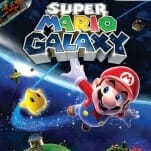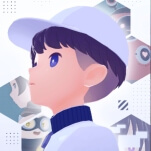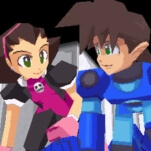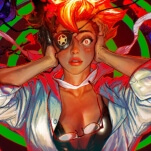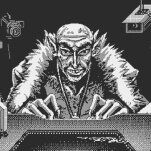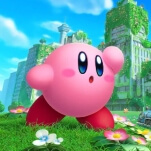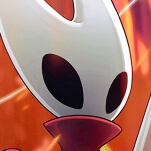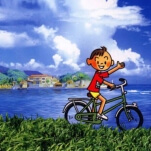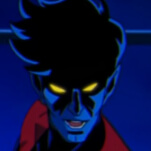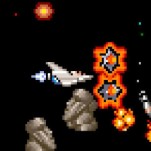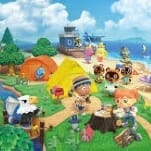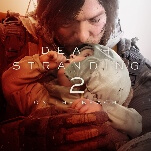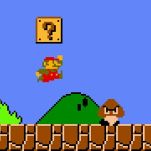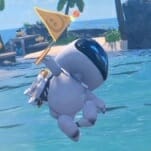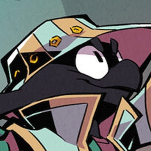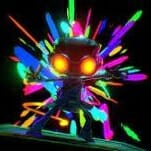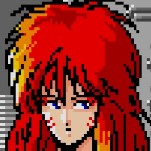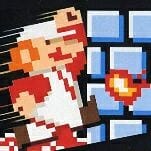The Best and Worst Changes to Super Mario Maker on 3DS
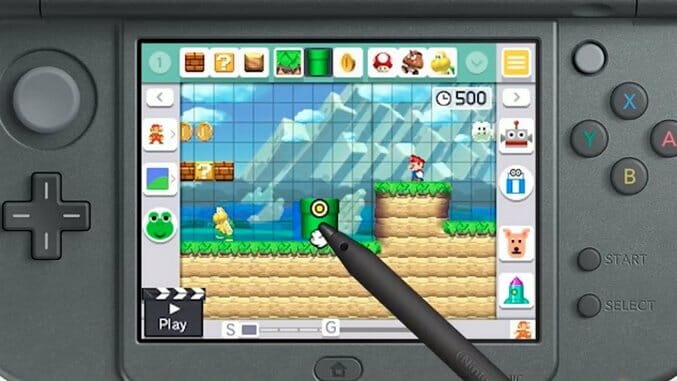
Once upon a time, portable versions of console games did not feel the need to have clarifying titles. Mortal Kombat for the Game Boy was just called Mortal Kombat, even if a more accurate name would have been Mortal Kombat for Game Boy: A Chunky Unplayable Mess of Stuttering Green. The industry has moved away from platform-specific versions of the same games, but it still happens on occasion; when attempted, the title is the first evidence that something is amiss.
Nintendo has always leaned towards literalism: Witness the many games on the Super Nintendo endorsed with the titular superlative, or the robust line-up of Nintendo 64 games with the requisite “64” suffix, or even their recent habit of labeling new versions of games or systems with the word “New” in the title. For a company known for whimsical worlds filled with magic mushrooms, time travel, tie-wearing apes, and power-sucking pink globs, it’s all a bit on the nose.
And so it is with Super Mario Maker for Nintendo 3DS, a port of last fall’s Wii U game that calls out its host platform. But the title addendum does spotlight an important distinction: Even if they share 95% of the same concept and content, these are not the exact same game. In some ways, the portable child out-wits its bigger, stronger sibling. In others, the 3DS version acts the same while missing an important feature, like a gymnast whose phantom limbs encourage her to attempt a cartwheel after losing her arms. The results aren’t always pretty. The most obvious change is in sharing options: The Wii U game lets you upload your creations online and share with the world, whereas the 3DS game restricts sharing to local wireless and StreetPassing strangers. Besides this biggie, let’s round up where the newer Mario Maker makes the grade and where it falls on its head.
SUPER!
From looks alone, it’s very easy to forget this is a full-fat HD Wii U game squeezed onto a 3DS game card. The aesthetics are of course borrowed largely from 8-bit and 16-bit games, but still, the NES original Super Mario Bros.-style courses look remarkably sharp, as do the Super Mario Bros. 3 and Super Mario World levels. A tiny letterboxing occurs to help the game achieve a resolution that fits the handheld’s screen, but the loss of real estate is a welcome sacrifice from the crispness and readability of the on-screen graphics.
BLOOPER!
Some of the fun graphical touches that made sense on the Wii U no longer work here, and their loss is felt. For example: When creating a course on the Wii U GamePad, you drop and drag your stylus across the touchscreen; on the main TV screen, a giant photo-realistic hand represents your own. You can even choose different skin tones or replace the human hand entirely with a cat’s paw. It was a small but charming inclusion. With the 3DS’s two screens so close to one another, and no on-lookers watching, no visual aid is needed. And the one graphical trait inherent to the 3DS, auto-stereoscopic 3D, isn’t used either.
SUPER!
The 3DS game includes ten lessons hosted by Yamamura, a master level designer who also happens to be a pigeon. The tutorials are helpful, especially for younger players who may not have grown up with the classic 2D Super Mario games and haven’t already had the series’ rules burned into their minds.
BLOOPER!
The Wii U game opens with a brilliant fake-out: You begin playing what appears to be a normal Mario level when you encounter a giant gap in the ground. There’s no moving platform or sequence of bricks from which to jump. You simply can’t progress. The playfield shifts into the game’s EDIT mode and you’re tasked with placing the necessary pieces to finish the course. It’s an organic introduction to the game’s primary motive: To play, make, and play with Mario levels. The 3DS game opens with a more staid, conventional tutorial that tells you everything you need to know. I prefered the original game’s in medias res trickery.
-

-

-

-

-

-

-

-

-

-

-

-

-

-

-

-

-

-

-

-

-

-

-

-

-

-

-

-

-

-

-

-

-

-

-

-

-

-

-

-

